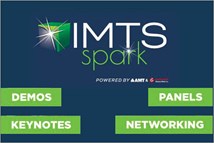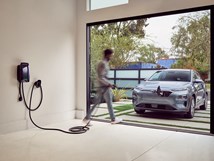Harman Launches Dual-Mode Telematics Device
Harman International Industries Inc. has developed a new telematics transceiver that can work over cellular and dedicated short-range communications (DSRC) networks.
Harman International Industries Inc. has developed a new telematics transceiver that can work over cellular and dedicated short-range communications (DSRC) networks.
Carmakers can tailor the flexible system for either protocol, based on market availability and customer preference, according to the company. Vehicles also can switch between DSRC and cellular communication via over-the-air software updates.
The auto industry is split on which technology to use for emerging vehicle-to-vehicle and vehicle-to-infrastructure communications. The U.S. Federal Communications Commission set aside 75 megahertz of spectrum in the 5.9 GHz band for DSRC 20 years ago. But the technology is available only on a few vehicle models, and regulations concerning the spectrum have been repeatedly delayed.
So-called cellular vehicle-to-everything systems promise to be less expensive than DSRC, which would require a dedicated infrastructure to enable widespread use. DSRC is much faster than current 4G LTE cellular systems, but next-generation 5G technology will be faster than either.RELATED CONTENT
-
Things to Know About Cam Grinding
By James Gaffney, Product Engineer, Precision Grinding and Patrick D. Redington, Manager, Precision Grinding Business Unit, Norton Company (Worcester, MA)
-
On Automotive: An All Electric Edition
A look at electric vehicle-related developments, from new products to recycling old batteries.
-
When Automated Production Turning is the Low-Cost Option
For the right parts, or families of parts, an automated CNC turning cell is simply the least expensive way to produce high-quality parts. Here’s why.








